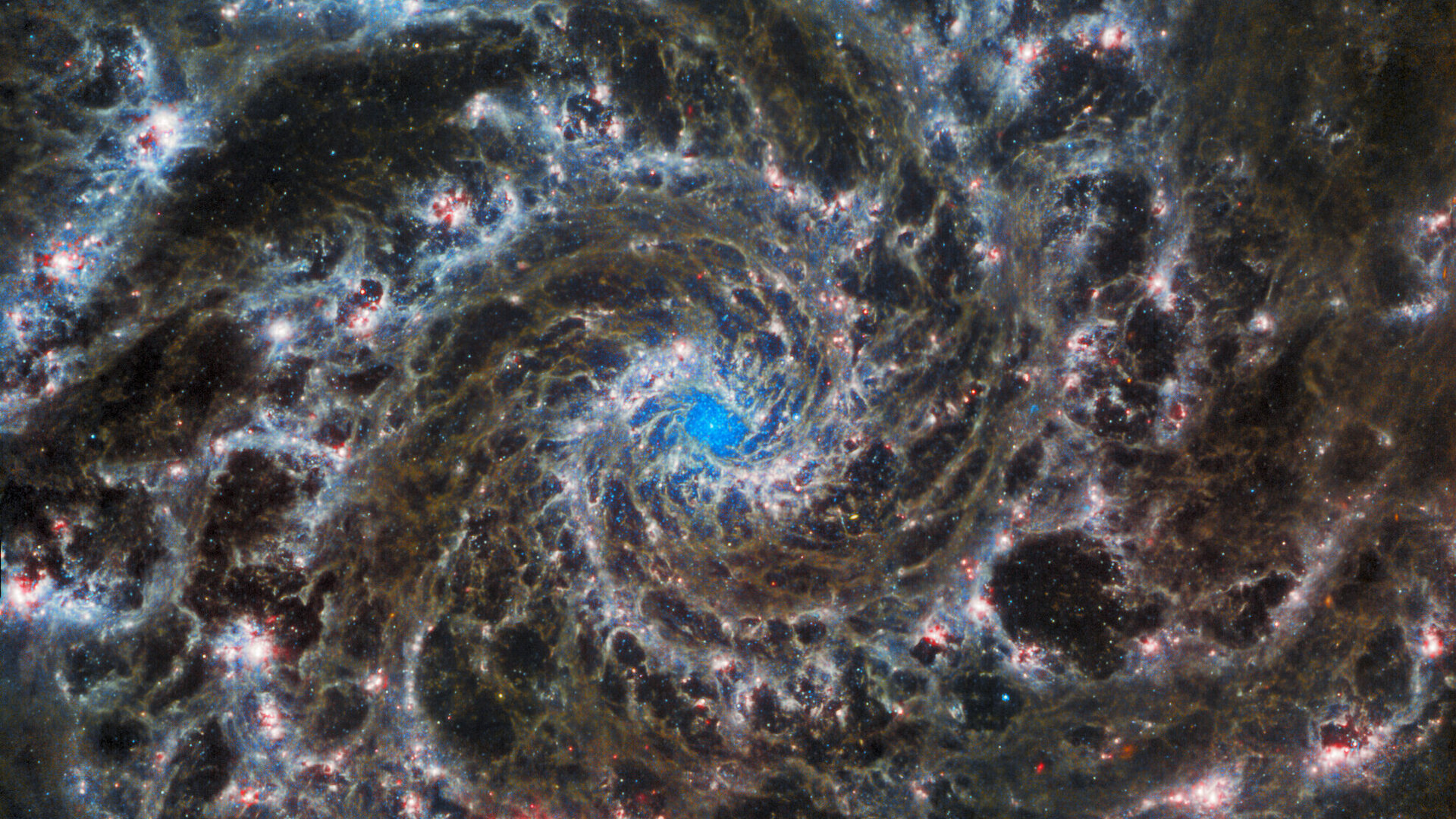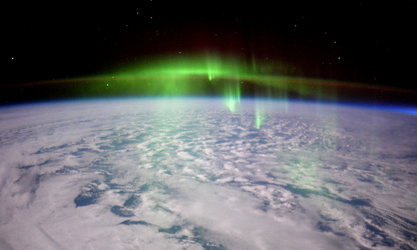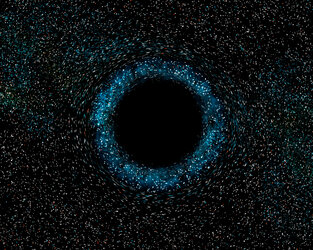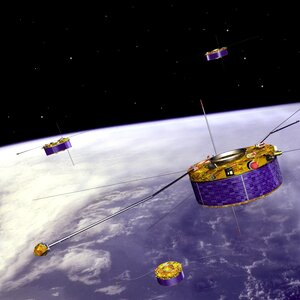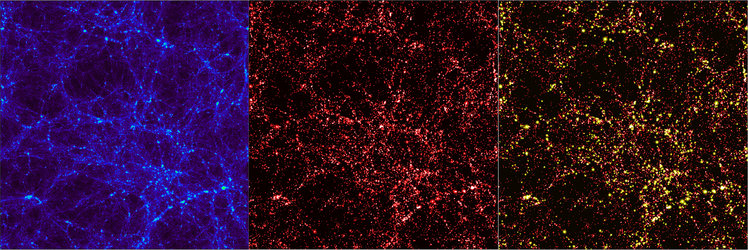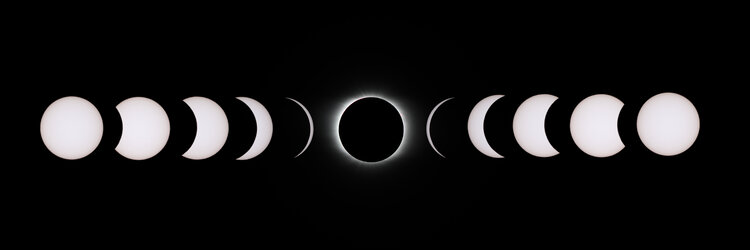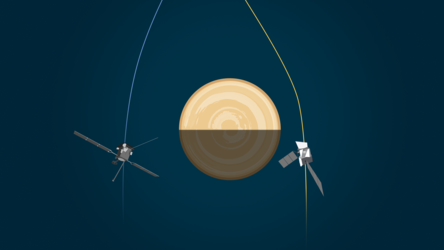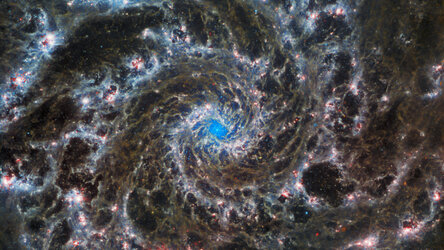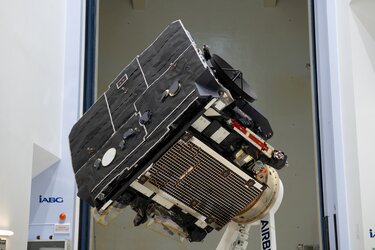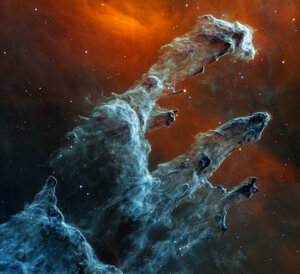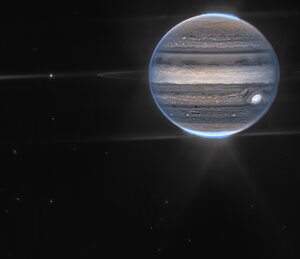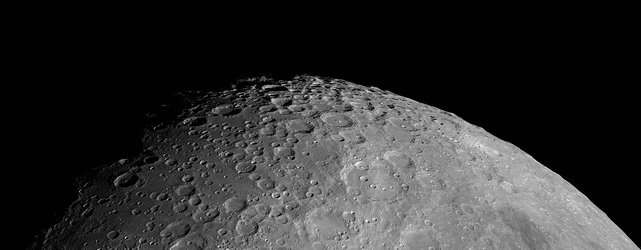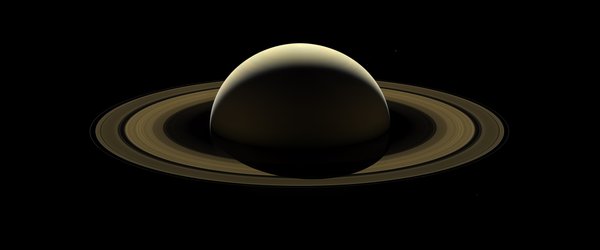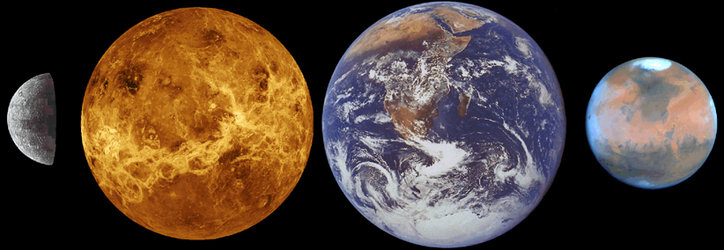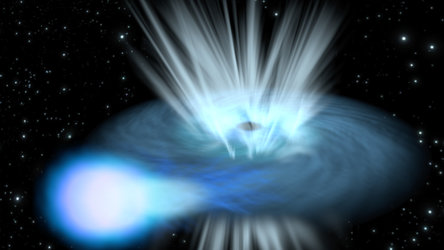G
Galaxy
The structure formed by as assembly of thousands of millions of stars together with gas and dust. Our Galaxy, the Milky Way, is a spiral galaxy. Galaxies may be described as elliptical, irregular or spiral. Our Galaxy is just one among many millions.
Galaxy clusters
Groups of galaxies that may contain up to a few thousand galaxies.
Gamma ray
The most powerful form of electromagnetic radiation. A typical gamma ray is a photon with an energy greater than 100 keV.
Gamma-ray astronomy
Field of astronomy which studies very energetic processes. Gamma-ray astronomers observe the formation of new elements in space (nucleosynthesis), very dense objects such as neutron stars or black holes, active galaxies, supernovae and the most powerful explosions in the Universe. Because gamma rays are absorbed by the Earth's atmosphere, gamma-ray astronomy has to be done from space.
Gamma-ray burst (GRB)
A burst of gamma rays from space. GRBs are registered about twice a day by satellites in orbit. The bursts may last from as little as a hundredth of a second up to 90 minutes. GRBs are extremely far away and must be caused by tremendous explosions. They probably are hypernovae – exceptionally violent supernovae, or mergers of neutron stars or black holes.
Ganymede
The largest of Jupiter's moons and the largest moon in the entire Solar System.
General Relativity
Theory of gravitation developed by Albert Einstein. Its fundamental principle is the equivalence of gravitational and inertial forces. General relativity is a geometric theory which states that gravity causes space-time to curve. This curvature affects the motion of objects in space-time. General relativity explains the bending of light by massive objects or the nature of black holes.
Germanium detector
Instrument for detecting powerful radiation such as gamma rays. Germanium is a semiconductor material and is used in detectors for the most sensitive gamma-ray line spectroscopy.
Giotto mission
ESA's first deep space probe. Made close fly-bys of comets Halley (1986) and Grigg-Skjellerup (1992) and obtained the first close range pictures of a comet nucleus. Other experiments measured the magnetic field, charged particle distribution, dust and gas composition and concentration. See esa.int/Giotto_overview
Granulation
A mottled cellular pattern visible on the Sun's photosphere. It is caused by the convective motion of hot gas rising from the Sun's interior.
Grating (transmission, reflection)
Optical device which has a fine regular pattern used to disperse electromagnetic radiation into a spectrum. A transmission grating consists of a large number of narrow, closely spaced bars. A reflection grating consists of narrowly spaced saw-teeth or steps ruled on a polished surface such as glass or metal.
Gravitational (arc, lens)
Light cannot escape the pull of gravity; the light from astronomical objects therefore gets deformed – bent, curved or even amplified – if it passes close to a massive body. The massive body causing the effect, a galaxy cluster, for instance, plays the role of a lens. If the lens is spherical then the image appears as an Einstein ring (the image appears as a ring of light), if the lens is elongated then the image is an Einstein cross (it appears split into four distinct images) and if the lens is a galaxy cluster then arcs and arclets of light are formed.
Gravitational field
The area influenced by an object's gravity.
Gravitational wave
Ripple in the structure of space-time which may occur individually or as continuous radiation. According to Einstein's Theory of General Relativity, they are emitted when extremely massive objects experience sudden accelerations or changes of shape. They travel through space at the speed of light. Gravitational waves were directly detected for the first time by the advanced Laser Interferometer Gravitational-Wave Observatory in 2015, and the discovery was announced on 11 February 2016.
Gravity
A physical force that appears to exert a mutual attraction between all masses. It is proportional to the mass of the object. In Einstein's Theory of General Relativity, it is explained as a curvature of space-time.
Gravity assist
Natural 'slingshot' effect which increases a spacecraft's speed and changes its direction of flight. It occurs when a spacecraft gains energy as it flies close to a planet or moon. At the same time, the planet loses a tiny amount of momentum, which causes its orbital speed to be fractionally reduced.
Grazing incidence
Describes the low angle of incidence of incoming electromagnetic waves on a reflecting surface. X-rays can only be reflected off a super-smooth surface at very shallow angles of the order of half a degree. In other words, they only reflect if they 'graze' the surface.
Grigg-Skjellerup (comet)
Periodic comet which orbits the Sun once every 5.1 years. Named after New Zealander John Grigg, who first saw it on 23 July 1902, and Australian James Francis Skjellerup, who rediscovered the comet on 17 May 1922. It travels around the Sun in the same direction as the planets and its orbit ranges from just inside the orbit of Jupiter to the orbit of the Earth. Visited by ESA's Giotto spacecraft which passed within 200 km on 10 July 1992.
Ground segment
All the facilities and systems required on Earth to control and operate a space mission.
Guaranteed time
Proportion of a science mission's operational time that is allocated to priority users such as the principal investigators of its science instruments.
Gyroscope
A disc with a heavy rim mounted in such a way that its axis of rotation can adopt any position. Once the disc is spinning, the rotation axis remains fixed with reference to fixed stars, which makes the gyroscope useful for determining movement away from a fixed course. Three gyroscopes rotating about perpendicular axes help to maintain the orientation of a spacecraft in space by detecting rotation about any of the axes and initiating a mechanism to correct it.


